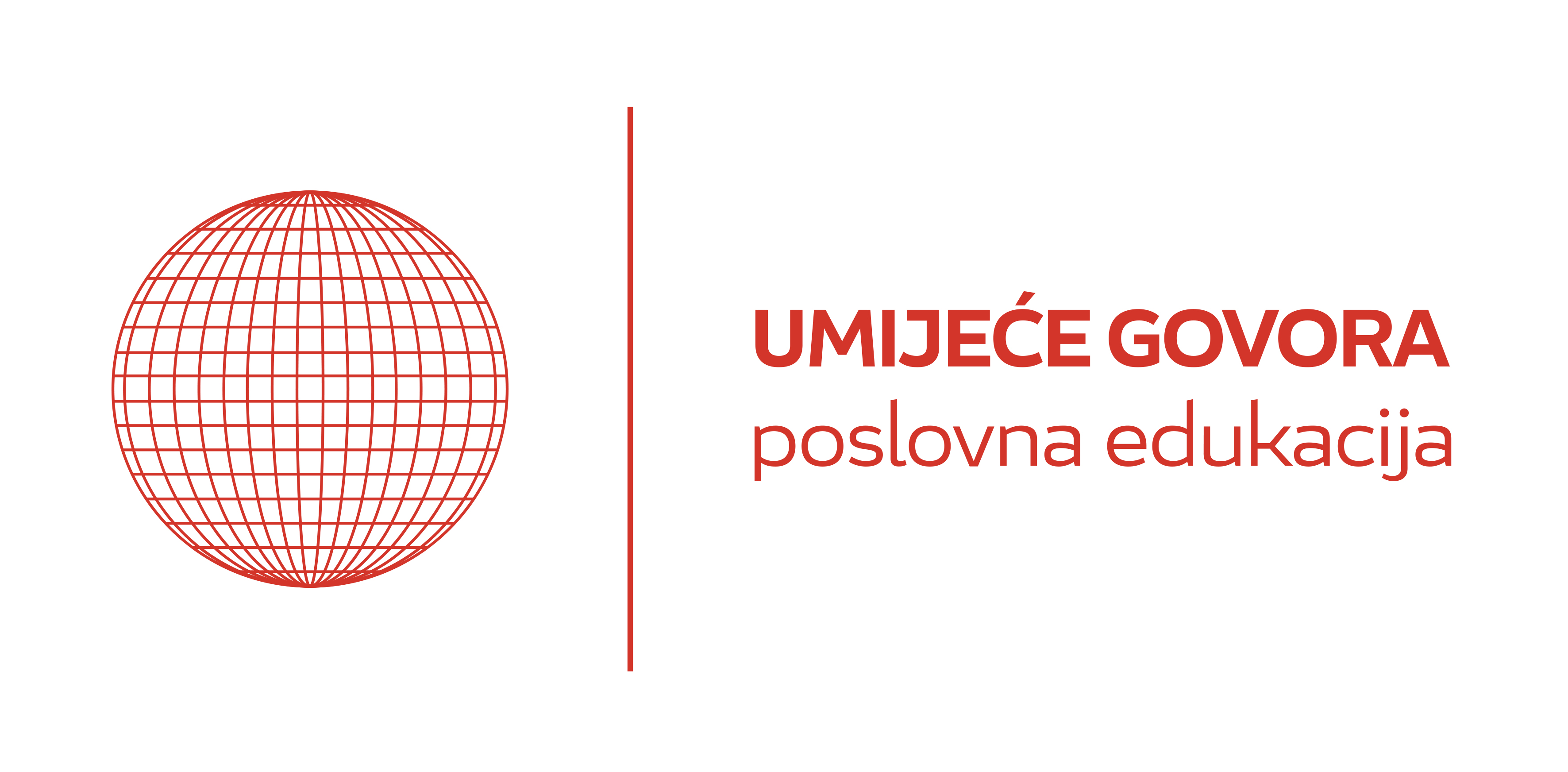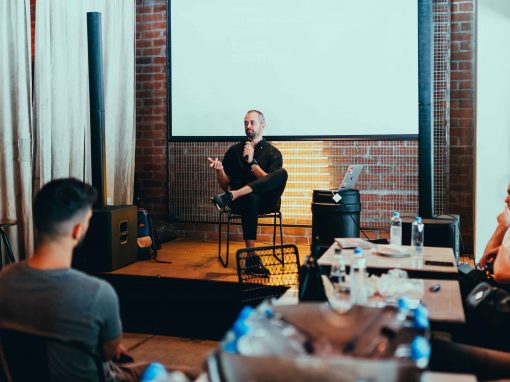Reputation in a Cloud Digital Transformation of the Crisis Communication
Reputation in a Cloud: Digital Transformation of the Crisis Communication
Jagoda Poropat Darrer
Objavljeno u časopisu Diplomacy and Commerce, studeni 2017. godine
The strategy of managing a crisis communication should take in consideration the new communication habits of our audiences, whether they are consumers, voters or employees, and adapt to it – protecting that way the reputation, because sometimes it could be matter of surviving or perishing
“Panta rei – everything is changing. Only change itself is real, constant and eternal flux, like the continuous flow of the river which always renews itself, remaining per se permanent”. From Heraclitus and Plato, through Latin proverbs Omnia mutantur and Tempora mutantur to Japanese tale Hōjōki and Buddist doctrine of impermanence, perhaps nowhere the change is better visible then in communication. The constant, and moreover, every day change of the new technology put large demands on us as communicators. It requires readiness to adapt promptly, prepare and react in a real time, the same one the information is conveyed. Thus, crisis communication has become even more crucial.
THE POWER OF THE CLICK
As we know information flow today it is certainly not like it used to be just 10 years ago. New technology is affecting every inch of our lives, with its peak in communication. Social media has definitely reshaped the communication in public sphere, and its influence is too big to ignore. What took us few hours to do several years ago, now we share in less than a second. According to newstatesmen.com, Facebook has 2 billion users; it is approximately 28.5 % of the whole world population. 90% of them access the FB account through their Smartphones Apps. It has never been so easy to spread the news, just one tiny move with your thumb, just one click and you reach the World. Reportedly, around 350 000 tweets are shared per minute on Twitter. Facebook, YouTube and Instagram for example have officially become the legitimate PR tools.
Key technology for the Boomers generation (1946-1964) was TV and the main communication channel is still a phone, for the generation X (1965-1980) it is a PC and communicating via emails and SMS, most frequently using the social network – LinkedIn, and for Millennials (1981-1997), Digital Natives, it is a smartphone, instant messaging, and hanging on Tinder. Digital immigrants as we call the Boomers differently handled the information flow and trusted TV the most. The early digital adopters – Gen X, are using social media in a high range. And what would it be like to communicate for Gen Z (1998-2017) the so called Digital Innates, on Snapchat with a rise of Artificial Intelligence and Augmented Realty/Virtual Realty; it is yet to be seen.
CRISIS COMMUNICATIONS’ CASE STUDIES INSIGHTS
The power of the click on social media has shown its real impact in the two following cases of videos causing crisis. The first one of United Airlines showing a passenger being dragged off an airplane, after he paid for his ticket but the airline overbooked the flight and the second one, the video of University of Applied Science Vern, imaging a student abusing drugs in class.
United Airlines Video from April this year hit the nerve highlighting the greed of the airline as well as the poor reaction on the obvious crisis. On social media the firestorm swept around the world. It took 36 hours for its CEO to react properly; from using the euphemism of “re-accommodate” the customer for obviously dragging him against his will outside the aircraft, through denying the fault by accusing the customer of defying the officers, to the proper reaction of taking the full responsibility. The result of such acting and poor crisis communication cases United stocks go down 1, 13%.
On the other hand, and on the other side of the Atlantic Ocean, there is a positive example of how to monitor social media for brand mention and how to respond promptly and professionally to a potential crisis. In November this year, anonymously was released online a 10 seconds video of a female student looking like abusing drugs right in front of other students in the class. The place was recognized as a Croatian University of Applied Science VERN’. Not only has the management reacted instantly with an official release on their web site stating that the University condemns all kind of drug abuse but also conducted legal steps to expel the student from the University. The video was on every significant Croatian news portal, but at the same time, it was the University press release too. The professionalism reflected in undertaking all the steps of crisis communication plan using the right channel.
Failure to monitor social media for brand mention and have a plan in place to customer feedback could mean a full scale crisis as it was a case with United Airlines. But also, when crisis arise, it is also an opportunity to reinforce the company values and make the best out of the potential crisis situation as it was a case of reportedly drug abuse in Croatian higher education at the University of Applied Science VERN’.
The right question to ask ourselves, as Chuck Norman, CEO at SA Communications stated is “What would reasonable people appropriately expect a responsible organization to do in crisis situation?” Whatever you do, do it quickly and smart because the future is in the cloud.
*Ficlek uz sliku čiji izbor od 4 šaljem u privitku:
Reportedly, around 350 000 tweets are shared per minute on Twitter. Facebook, YouTube and Instagram have officially become the legitimate PR tools.





